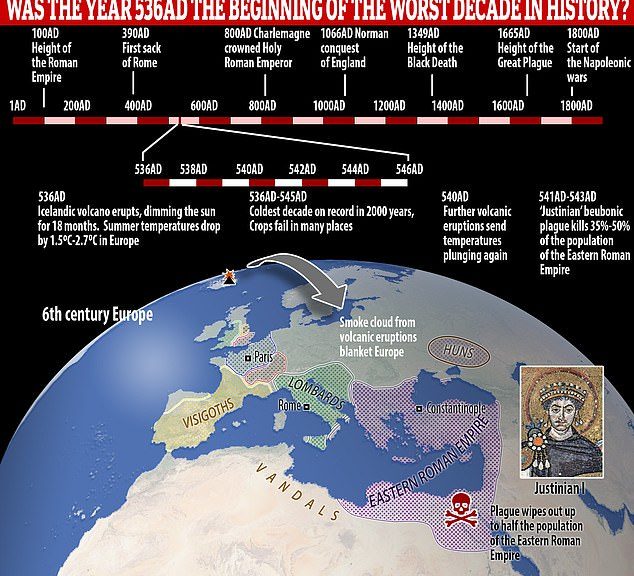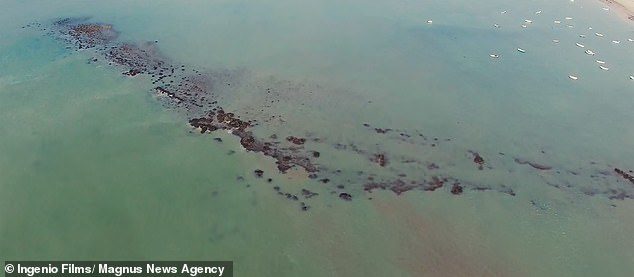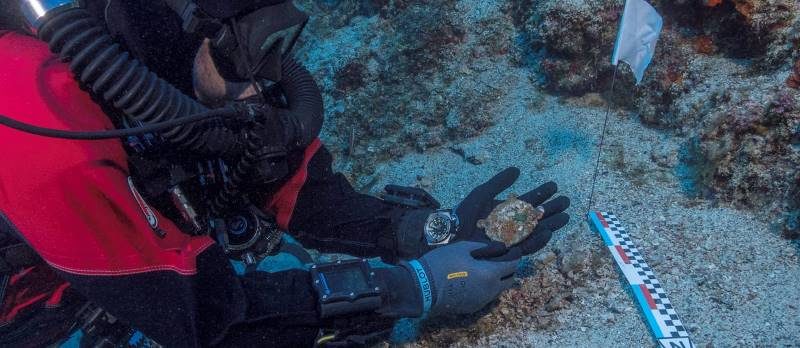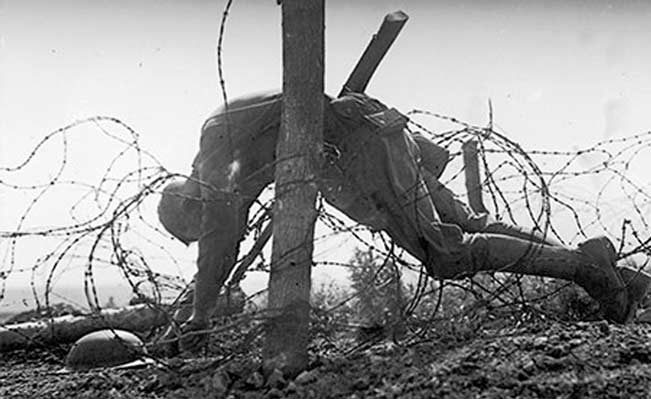OF THE
TIMES
As I pointed out in Witches, Comets and Planetary Cataclysms the falsification of history that Fomenko has clearly identified occurred at the end of 300 years of disaster piled on disaster beginning with the decimation of the population of Europe by the Black Death. This certainly fits Zinoviev's model that, at a certain point, the old, distorted representation of history no longer serves and a new legitimation of authority is required to restore peace and keep the masses under control. What Fomenko notes is that the temporal and spatial parameters of much later times were imposed on the stories of the more distant past, but that does not entirely invalidate those stories; it just means that things were re-established and what was familiar to the 'trained specialists' was utilized to give the new view of the past a more realistic 'feel'.See also:

540: Cometary bombardment (according to the Chinese historical record); Gildas reports cometary bombardment up in the northern regions of the U.K.; there was a collapse of the great dam of Mareb in Yemen, the country of Sheba...so that was an interesting year, 540...and that's just a snippet. Check out the show for all the gory details.
541: The plague began in Egypt; there was a comet in Gaul; earthquake occurred in Kyzicus...there was a comet, there was drought, earthquake, earthquake, blah-blah-blah...so I'm getting this from all these different chroniclers...
542, the sun appeared at noon day...plague began in the east...
543: Plague in Mesopotamia...
544: Plague in Italy, southern France, Spain...
545: Plague in Persia; famine; plague (Mesopotamia 546)...
547: Tremendous thunder and lightning...
549: Flood in Cilicia; plague in the British territories (according to the Bishop of Llandaff)...
551: Another Beirut earthquake and tsunami; earthquake over the Middle East; "the sea retreats" (John Malalus)...
553: Earthquake, terrible thunder, and lightning (from Chronicle of Theophanes)...
554: Earthquake in Constantinople; the destruction of Baalbek (now that's interesting...wait till you read the next book and hear about Baalbek--that's very, very interesting)...
555: There's another earthquake in Constantinople and plague...
556: Famine [in] Constantinople, plague, ashes fell from the sky...




"Comets are vile stars. Every time they appear in the south, they wipe out the old and establish the new. Fish grow sick, crops fail, Emperors and common people die, and men go to war. The people hate life and don't even want to speak of it."See also:
- Li Ch'un Feng, Director, Chinese Imperial Astronomical Bureau, 648, A.D.
Comment: See previous episode of Corbett's series here: James Corbett's "The WWI Conspiracy": To Start A War